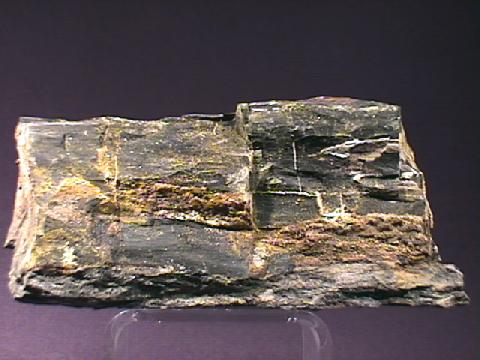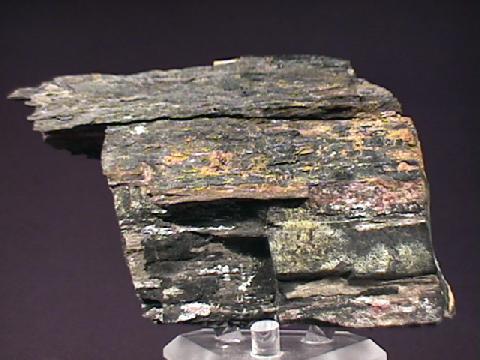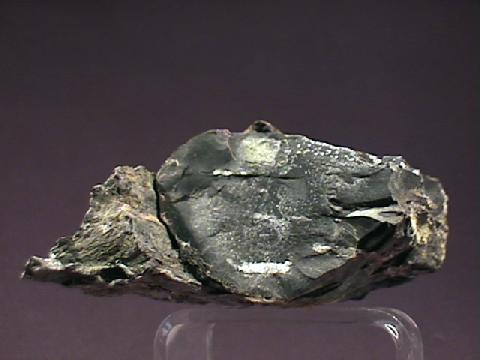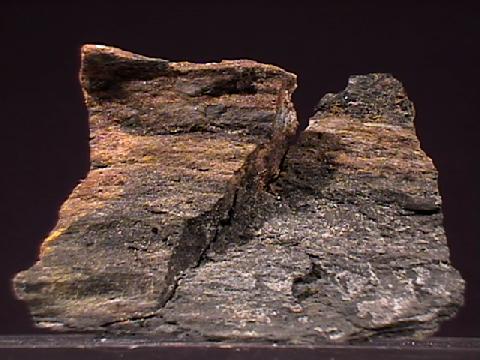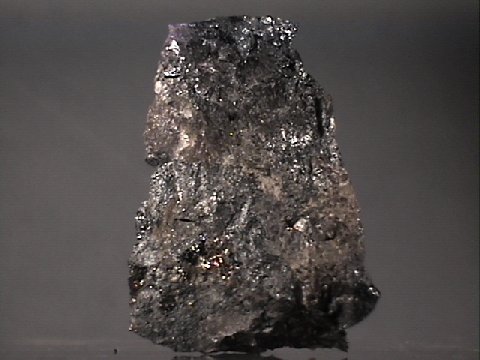 The Mineral
URANINITE
The Mineral
URANINITE
- Chemical Formula: UO2 , Uranium Oxide
- Class: Oxides and Hydroxides
- Uses: a major ore of uranium and radium, a source of helium and as a mineral specimen
Specimens
The structure is analogous to the structure of fluorite, CaF2. The structure of fluorite is highly symmetrical and forms isometric crystals such as cubes and octahedrons. Flourite also has four directions of perfect cleavage that produces octahedrons. However, in uraninite, crystals are rare and the cleavage is not usually observable.
A variety of uraninite is called pitchblende which is a combination of mostly uraninite and some other minerals. It is generally softer and less dense and usually botyroidal or earthy.
Remember, this is a highly radioactive mineral and should be stored away from other minerals that are affected by radioactivity and human exposure should definitely be limited.
PHYSICAL CHARACTERISTICS:
^- Color is black to steel black with tints of brown.
- Luster is submetallic to pitchy and dull.
- Transparency crystals are opaque.
- Crystal System is isometric; 4/m bar 3 2/m
- Crystal Habit is typically massive botryoidal, earthy, lamellar and reniform aggregates. Well-formed individual cubic and octahedral crystals are rare.
- Cleavage is poor in four directions (octahedral), and is rarely seen.
- Fracture is conchoidal.
- Hardness is 5 - 6
- Specific Gravity is near 10 when pure but often massive specimens are closer to 7 (heavy even for metallic minerals)
- Streak is brownish black.
- Associated Minerals include cassiterite, pyrite, native silver, autunite, uranophane, uranocircite, torbernite, meta-torbernite and other uranium minerals.
- Other Characteristics: highly radioactive!
- Notable Occurences include Bergen, Germany; Autun, France; Cornwall, England; Mitchell Co., North Carolina and Mt. Spokane, Washington, USA; Zaire; wilberforce and Great Bear Lake, Canada; Portugal and France.
- Best Field Indicators are luster, color, radioactivity and streak.

